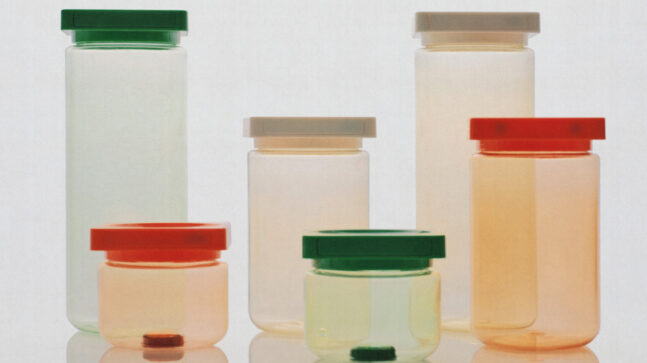On a recent zoom tasting with a group of whiskey experts, I sat with two bourbons in front of me. The taster bottles were unlabeled other than a sticker that read “BOURBON WITH NO BOUNDARIES,” with “sample 1” underneath one bottle’s label and “sample 2” under the other.
It was immediately clear how subjective taste really is as each of the people on the call gave their thoughts. Some preferred the first for its rye spice, others the second for its nutty chocolate quality. A vote showed that the group was pretty evenly split between which bourbon they preferred. Then we all tried to guess which of the samples was from Kentucky and which was from outside of Kentucky, and again the vote was equally split between the first and second.
And then came the big reveal. Both samples were the exact same. Though labeled sample 1 and sample 2, both were Contradiction Bourbon Batch 459 from Smooth Ambler Spirits Co. in West Virginia.
“It made me nervous to do this style of tricky blind bourbon tasting,” John Little, the founder of Smooth Ambler, said when he joined the call shortly after. But the point was clear: the preconceptions that people take into a tasting with them matter (in this case, thinking that one of the bourbons was from Kentucky).
“Even five years ago people had a strong Kentucky bias,” Little said.
Smooth Ambler calls this the “bourbon bias,” or the tendency to think that Kentucky is the only place to find good bourbon. Maasak Tagarook, a Kentucky native who won a 2019 bourbon blind tasting event by correctly naming the distillery, cask, and expression, noted during our tasting that he was once guilty of the bourbon bias, too.
These are the types of things that you can learn about bourbon and your own taste preferences when you do a blind bourbon tasting — regardless of how knowledgeable you are (or at least think you are) about the spirit.
“It’s very revealing to do a blind tasting and see your preconceptions,” Little said as we all sampled a range of other Smooth Ambler whiskeys. “It’s America’s native spirit, not just Kentucky’s spirit.”
How to Set Up a Blind Bourbon Tasting for Yourself
You’re probably going to want to add some variation into the mix for your own tasting, though labeling the same bottle two different things is certainly a fun way to see people’s biases. Shoot for at least five bottles and know that, unless you have an expert taster with you, everyone’s palates will be increasingly burned out with each successive bottle.
Take your chosen whiskeys and pour about half an ounce into a rocks glass or wine glass (or whatever you have enough glasses of). Whiskey bottles themselves can tip off observant tasters, so it’s better to set out the glasses beforehand. Just be sure that whoever is pouring remembers the order and numbers the glasses either on a piece of paper or with a sticky note or piece of tape. Taste in the order of lightest to strongest to keep bigger bourbons from overpowering the others.
Finally, before getting to the actual tasting, note that people have their own ways that they like to drink whiskey. Ice and cocktails are out of the equation in a blind tasting, but leave a little bit of water with some droppers on the table just in case people don’t want to sip it straight.
Blind tasting can reveal all sorts of things that you may think you know but haven’t actually put to the test. Get even deeper into the weeds by focusing on one topic in particular. You can have one out of five bourbons be from outside of Kentucky and ask the tasters to pick it out, for example, or go the opposite way and see if people who prop up Kentucky bourbon as superior can pick it out of a line up. Or you can take the groups favorite bourbons to see if it’s the associations each person has with that brand or if it’s taste alone that makes them popular.
One of the most fun blind tasting experiments is to test how much price influences what people think about their beverage. Put one expensive bourbon in a lineup of affordable bottles (and there are plenty of quality bang-for-your-buck bourbons to choose from) to see if people can indeed spot the pricey option. After all, numerous studies have shown that people perceive higher price with higher quality, and whiskey is certainly no exception. With wine, some researchers have come to call this the “snob effect.”
Who knows, a blind tasting just might lead to you finding your new favorite bourbon outside of any Kentucky bias.





